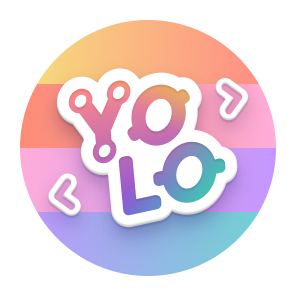Stars
Common interface for interacting with AI agents. The protocol is tech stack agnostic - you can use it with any framework for building agents.
Generative web browsing chat agent with text + vision input. Powered by MultiOn, llama-3, llava, qwen, Next.js, FastAPI, and Supabase. Landed me an internship at MultiOn :)
VisionOS App + Python Library to stream head / wrist / finger tracking data from Vision Pro to any robots.
Swarming algorithms like PSO, Ant Colony, Sakana, and more in PyTorch 😊
Build high-performance AI models with modular building blocks
AthenaDB: An AI-powered database system for efficient large dataset interactions and querying with GPT model integration.
Build your Swarm of Internet Agents using MultiOn 🚀
Self-hosted version of OpenAI’s new stateful Assistants API
A programming framework for agentic AI 🤖 PyPi: autogen-agentchat Discord: https://aka.ms/autogen-discord Office Hour: https://aka.ms/autogen-officehour
Get 100% uptime, reliability from OpenAI. Handle Rate Limit, Timeout, API, Keys Errors
Browser agent component library for Xircuits.
(NeurIPS '22) LISA: Learning Interpretable Skill Abstractions - A framework for unsupervised skill learning using Imitation
Second place submission in the 2021 MineRL BASALT competition: training Minecraft agents on hard to specify tasks from demonstration, using Inverse soft-Q Learning for Imitation.
(NeurIPS '21 Spotlight) IQ-Learn: Inverse Q-Learning for Imitation
A lightweight wrapper for PyTorch that provides a simple declarative API for context switching between devices, distributed modes, mixed-precision, and PyTorch extensions.
(ICLR) Pseudo-LiDAR++: Accurate Depth for 3D Object Detection in Autonomous Driving
Configuration scripts for cloud instances with GPUs to make possible usage of OpenGL GUI applications in TurboVNC using VirtualGL.
(NeurIPS 2020 Spotlight) Wasserstein Distances for Stereo Disparity Estimation
CURL: Contrastive Unsupervised Representation Learning for Sample-Efficient Reinforcement Learning
High-quality single file implementation of Deep Reinforcement Learning algorithms with research-friendly features (PPO, DQN, C51, DDPG, TD3, SAC, PPG)
Bridging deep learning and logical reasoning using a differentiable satisfiability solver.
Automatic detection and alert of vehicle accidents
(CVPR 2019) Pseudo-LiDAR from Visual Depth Estimation: Bridging the Gap in 3D Object Detection for Autonomous Driving





